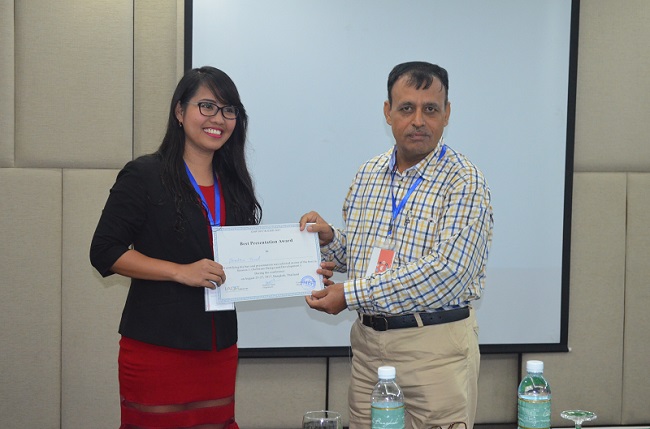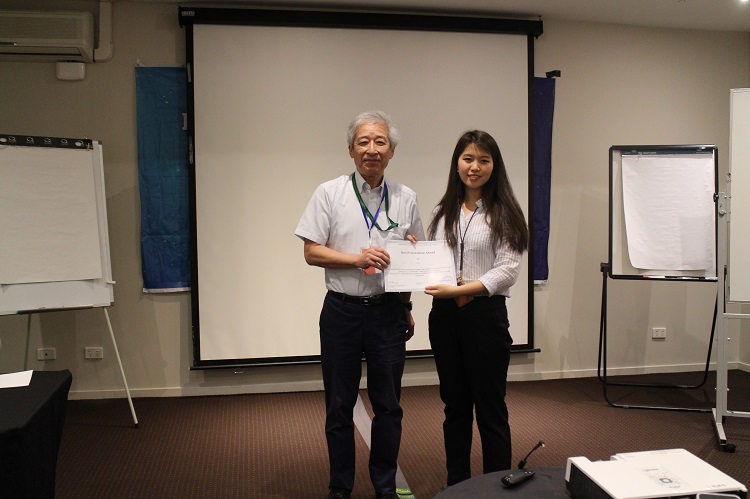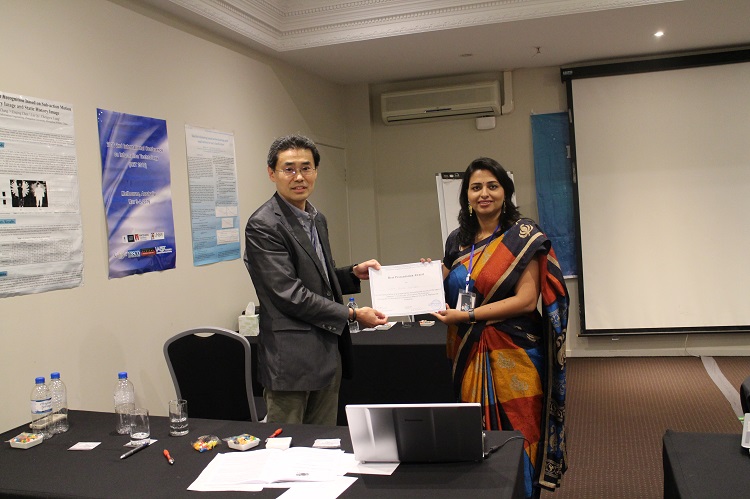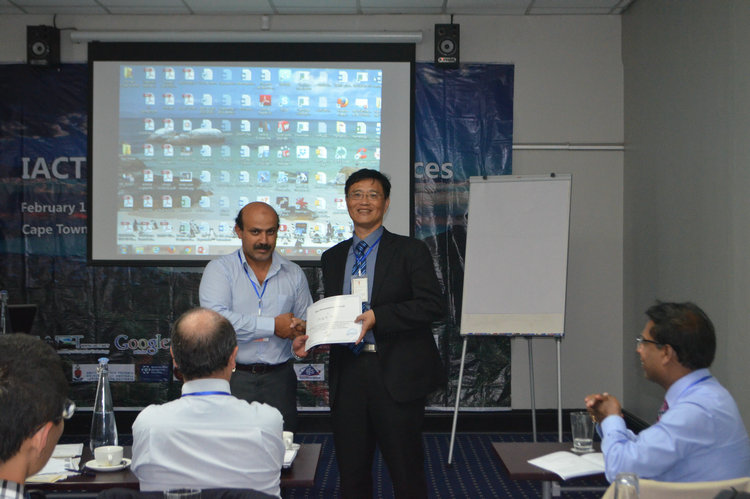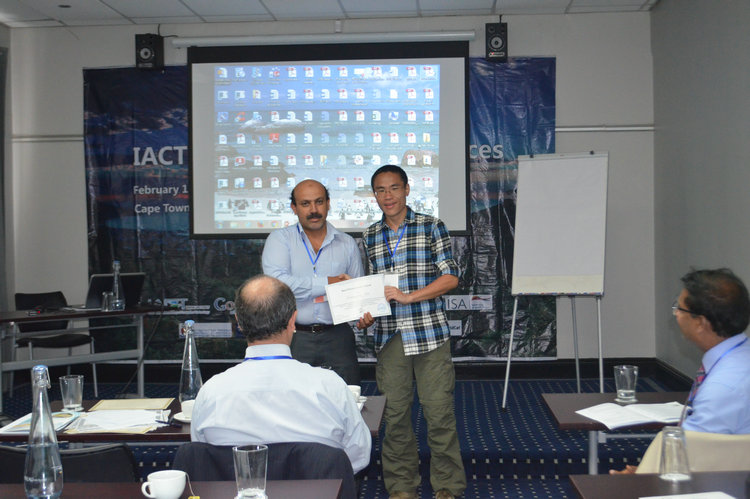Fully 3D simulations require a great deal of processing power, making the work expensive to compute. Two things made it possible for Deborah Levin and her Ph.D. student Irmak Taylan Karpuzcu to conduct the research: Time on Frontera, the National Science Foundation-funded leadership-class computer system at the Texas Advanced Computing Center and software developed by in previous years by several of Levin's former graduate students.
Karpuzcu said they observed the breaks near the tip of the cone, and with a shock wave near where the air molecules were closer together making them more viscous and at Mach 16.
"As you increase the Mach number, the shock gets closer to the surface and promotes these instabilities. It would be too expensive to run the simulation at every speed, but we did run it at Mach 6 and did not see the break in the flow."
Karpuzcu said the cone geometry represents a simplified version of many hypersonic vehicles and understanding how the flow affects surface properties can help lead to design considerations.
"Our group's in-house software made it efficient to run the simulation in parallel processors, so it's much faster. There were already data from experiments under high-speed conditions so we had some intuition about how the simulations would look, but in 3D we found breaks that we didn't expect to see."
He said the most difficult part of the work for him was in analyzing why the break in the flow was happening.
"The flow should be going in all directions, but uniformly. We needed to justify what we were seeing. Our literature review indicated that a linear stability analysis based on triple-deck theory can be applied to this flow. After analyzing the complex formulations and connecting them to our case, we developed a code to numerically simulate the problem again. Running the 3D direct simulation Monte Carlo simulation is hard, but then we set up a second computer program to make sure everything works and is within the limits for our flow conditions. When we did that, we saw the break in two big chunks in 180-degree periodicity around the cone."
Karpuzcu said the beauty of the direct simulation Monte Carlo is that it tracks each air molecule in the flow and captures the shocks.
"When you use other methods to calculate fluid dynamics, it's all deterministic. When we introduce a particle to the flow field, there is a probability of that particle colliding with other particles or any solid surfaces that's calculated on physics-based formulas, but the output is a roll of the dice. The Monte Carlo method does random, repetitive attempts. It's more extensive than classical computational fluid dynamics methods and we're tracking billions of particles. This makes sure there are enough particles within the flow field and collisions are captured properly."
University of Illinois Grainger College of Engineering. "Hypersonic simulation in 3D exposes new disturbances." ScienceDaily. ScienceDaily, 26 March 2025. <www.sciencedaily.com

